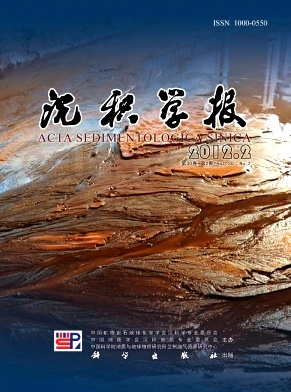The Distribution and Origin of Dickite in Carbonate
- Publish Date: 2012-04-10
-
Key words:
- /
- Tarim Basin /
- Xiaohaizi Formation /
- dickite /
- fluorite /
- carbonate
Abstract: Dickite was detected in carbonate of Xiaohaizi Formation at BachuMarkit area, in Tarim Basin in this study. Identification of dickite was made by XRay diffraction. Through thin section and CL observing, the morphological character and distribution of dickite were studied. Dickite was blocky, and the size of its crystal was 313μm, which distributing widely in the dissolved pores, intercrystalline pores of dolomite, and in the dissolved segment of stylolites. The thin sections in study area were observed under cathode luminescence, and we found that there were some fluorites coexisting with dickite. The mineral association of dickite and fluorite illuminated that there was hydrothermal activity in Xiaohaizi formation in study area. Generally, dickite and fluorite were rich in certain layer, which can be use to trace the depth of hydrothermal fluid. Because of absence of a precursor mineral, and dickite occurring in the formation with temperature less than 100℃, it was proposed that dickite was hydrothermal origin. Hydrothermal fluid not only created the condition of dickite formation, but also led to form many dissolved pores in carbonate of Xiaohaizi Formation. The reaction between hydrothermal fluid and rock led to dolomite was replaced by fluorite, and dolomite recrystallized along the dissolved pore wall. Base on physical properties data of reservoirs, it's obvious that the hydrothermal corrosion can make porosity increase. However, fluorite and dickite filled in pores could destroy porosity. As a result, we suggest that hydrothermal corrosion was the important mechanism of carbonate reservoir formation in Xiaohaizi Formation, which can guide the oil and gas exploration in the future.
| Citation: | The Distribution and Origin of Dickite in Carbonate[J]. Acta Sedimentologica Sinica, 2012, 30(2): 310-317. |






 DownLoad:
DownLoad: